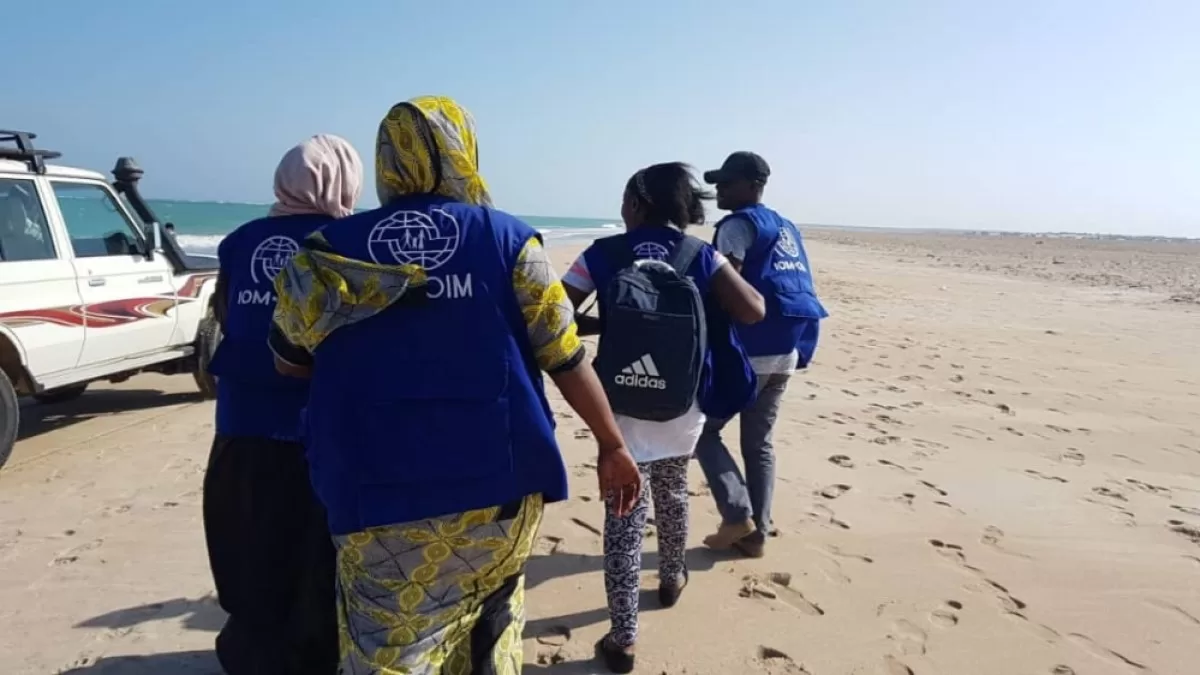Many hundreds of people have died in the Gulf of Aden while trying to reach Saudi Arabia through Yemen.
The International Organization for Migration (IOM) said in a post on X on Tuesday that at least six others are missing and presumed dead, and that 22 survivors are being assisted by its representatives in the East African country, along with local officials.
This adds to nearly 1,000 people who have been recorded to have died or gone missing after embarking on the “Eastern Route” since 2014, the IOM said.
The treacherous journey on the infamous route takes migrants from Ethiopia, Somalia and Djibouti in the Horn of Africa through Yemen to other Arab countries in the region.
‼️ 38 bodies have been recovered, including children, after tragic shipwreck off Djibouti coast with at least 6 others missing and presumed dead.
22 survivors are being assisted by @DjiboutiIom & local authorities. pic.twitter.com/Rcj617ZMDa
— IOM – UN Migration News (@UNMigrationNews) April 9, 2024
The route continues to see an increase in migrant journeys despite the dangers, with people seeking better livelihoods and with larger numbers of women and children travelling alone, according to the IOM.
In February, the agency reported that nearly 400,000 migrant movements were recorded across the Eastern Route in 2023.
Another route from the Horn of Africa to the south of the continent, particularly to South Africa, which is also identified by the UN as a highly dangerous and complex route, saw 80,000 movements in the same period.
At least 698 people, including women and children, died in 2023 while trying to cross the Gulf of Aden from Djibouti to Yemen in hopes of reaching Saudi Arabia, the IOM said in a report, adding that it provides assistance to more than 1.4 million migrants and host communities in the Horn of Africa, Yemen and Southern Africa.
Migrants and refugees leave home in search of better jobs, to escape conflict and insecurity, and the adverse effects of climate change. In addition to facing the threat of drowning in shipwrecks, they can also be exposed to starvation, health risks, and exploitation by traffickers.
